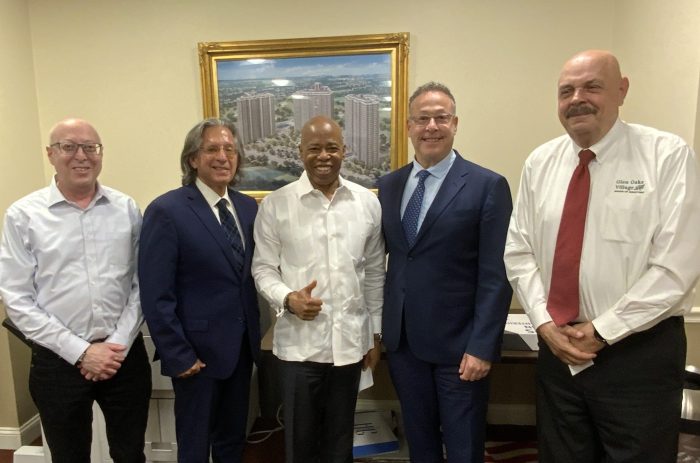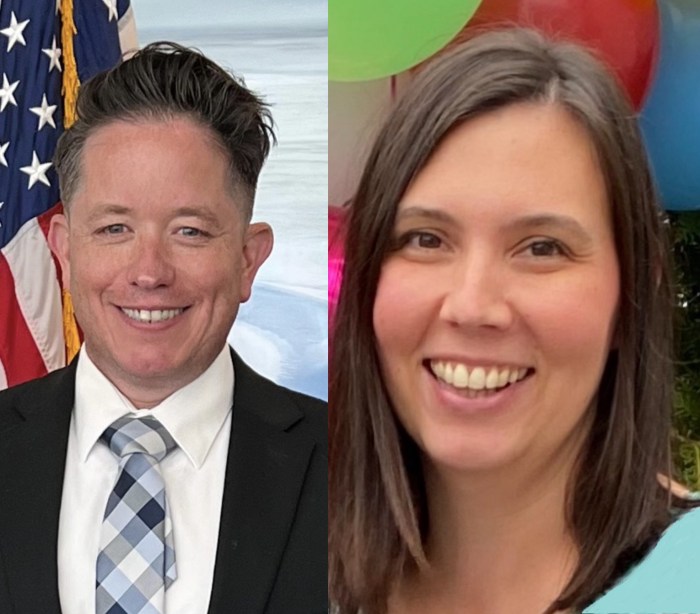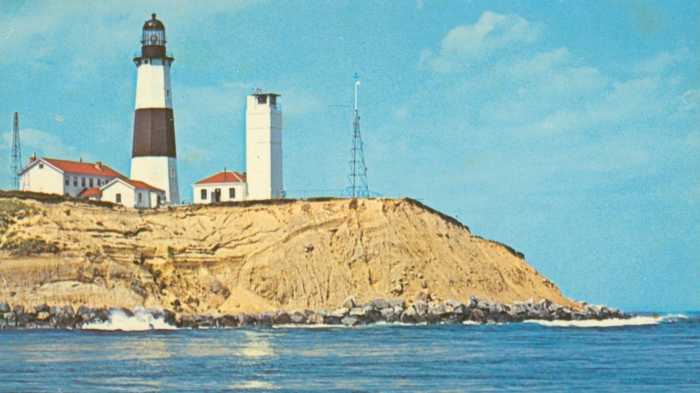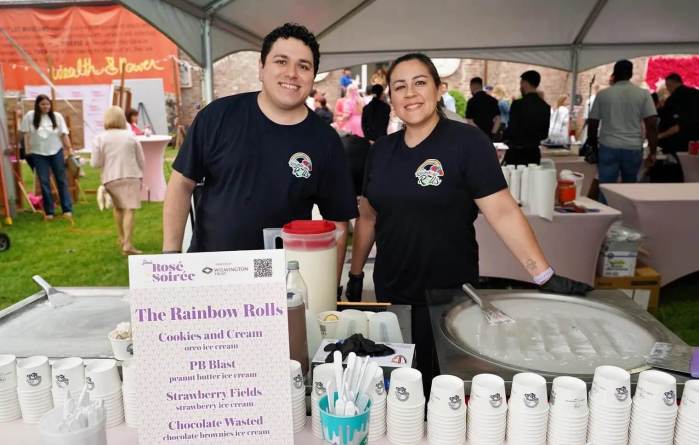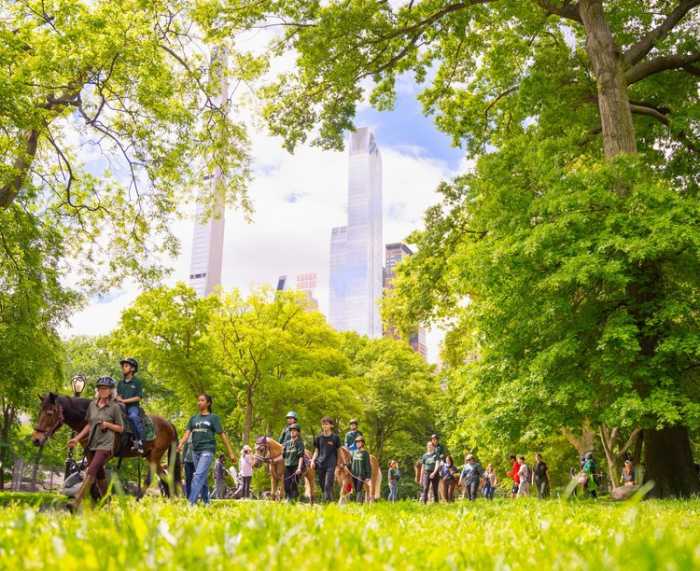The Water Authority of Western Nassau County plans to hold a hearing soon on the rate restructuring recommended in the water rates study by D&B Engineers to enable the water authority’s board to receive public feedback before it finalizes the 2015-16 rate structure.
The water authority’s board of directors voted to increase 2015-16 rates for water usage to 8.41 percent for residential and commercial users in May, effective June 1, when it also approved an operating budget of $15,468,300 for its current fiscal year. The rate increase and the budget had to be set prior to the end of its 2014-15 fiscal year on May 31, according to board chairman John Ryan.
But the vote preceded the board’s final approval of the water rates study by D&B—formerly Dvirka & Bartilucci—last month, when the study was made available to the public.
Water Authority Superintendent Michael Tierney said he is working on setting a date for the hearing so the board can finalize or amend the rate increase it voted to implement in May.
“This board is going to take very seriously all the comments that come out when this public hearing takes place,” Tierney said.
He said the aim of the $60,000 study the board commissioned from D&B was to restore balance to a rate structure that has given discounts to commercial users for increased levels of water usage.
“Instead of giving the higher users a break, we’re going to charge them properly,” Tierney said. “The crux of this study was to get our rates in line with a conservation-based structure. It’s equitably breaking it down.”
The D&B study states that the consulting engineers relied upon information from a master plan drafted by H2M Architects in January 2015 and the water authority’s five-year capital plan as well as historical data on water usage correlated to meter size. Base rates for the various meter sizes were calculated using the estimated number of meters for each meter size the allowable usage for each meter size. Rates for various meter sizes were compared with a usage rate of 9,000 gallons per quarter for the 5/8 inch meter, the size of a residential meter.
The study states that D&B’s engineers calculated a total of $5,328,010 is needed for the base water rates. Dividing the revenue needed by total allowable usage for the entire system results in a uniform base rate to be applied to each meter size.
Base rates include fixed costs tied to system operations and a portion of costs associated with maximum hourly usage.
Tierney said the result is a rate that charges commercial users for the actual number of gallons used. He said the discounts previously afforded commercial users didn’t take into account costs associated with pumping higher levels of water to those users.
“If we’re pumping that high level of water, we’re working the system harder. There’s wear and tear on assets,” Tierney said, adding that the cost of chemicals to purify water also increases with the volume of water supplied.
The water authority is currently supplying water to 28,000 customers, servicing approximately 120,000 people, through 234 miles of water main, according to the water rates study. The system supplies water to Bellerose, Floral Park, South Floral Park, New Hyde Park, Stewart Manor, Elmont and portions of Garden City and Valley Stream.
Marianna Wohlgemuth, the board’s Town of North Hempstead representative, said the new rates will hit high end users hardest while moderating homeowners’ water usage costs.
“The rates will promote conserving water, which is our goal,” Wohlgemuth said. “Homeowners will benefit, because for all those years, the homeowners have been subsidizing the commercial users.”
The two largest users are Franklin Medical Center and Belmont Park, according to D&B study.
The water rates study recommends increasing annual hydrant fees to $1,010 from the current $936. The board voted to freeze the annual fee at $936, which would decrease projected revenue from local fire departments by $179. The hydrant fees have drawn serious objections from representatives of local fire departments, who have called for a reduction to $200 per year, in line with hydrant costs typically incurred by fire departments on Long Island.
The D&B study states that costs of maintaining and flushing the hydrants are used to calculate the annual fees associated with the 2,432 hydrants in the system.
New Hyde Park Fire Commissioner Michael Bonura, who has slammed the increasing hydrant fees, has said the New Hyde Park Fire Department is currently paying $480,000 per year for 503 hydrants.
Tom Skinner, deputy chief of the Stewart Manor Fire Department, has his fire department’s hydrant fees have risen 87 percent since 2003, from the current $936.
The New York State Senate passed a bill introduced by state Sen. Jack Martins (R-Mineola) to cap hydrant fees statewide at $200 per year. Martins, who is expected to participate in the water authority’s public hearing, has said the objective of that bill was to “spur the discussion” of the hydrant fees between the fire departments and the water authority.
The 8.41 percent increase approved in May is based on recent issuance of water system revenue bonds totaling $73.6 million, according to the water authority. Most of those funds—$54.2 million—are intended to fund the water authority’s five-year capital plan.
Average annual residential charges, based on average usage of 103,600 gallons per year, would increase from $402 to $436. The average annual commercial charges, based on average usage of 461,700 gallons per year, will increase from $1,638 to $1,775.
The five-year plan includes the design and construction of two volatile organic compound treatment facilities needed for four wells in Elmont, according to Tierney. Rehabilitation of single wells in New Hyde Park, Elmont and Valley Stream is also part of the plan.




